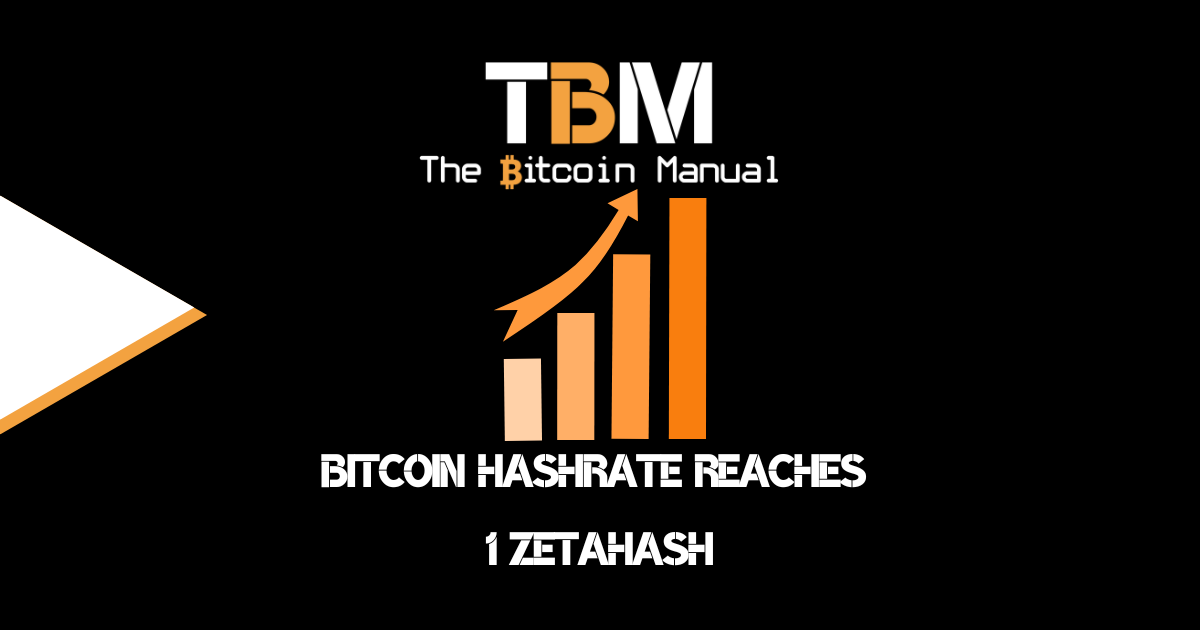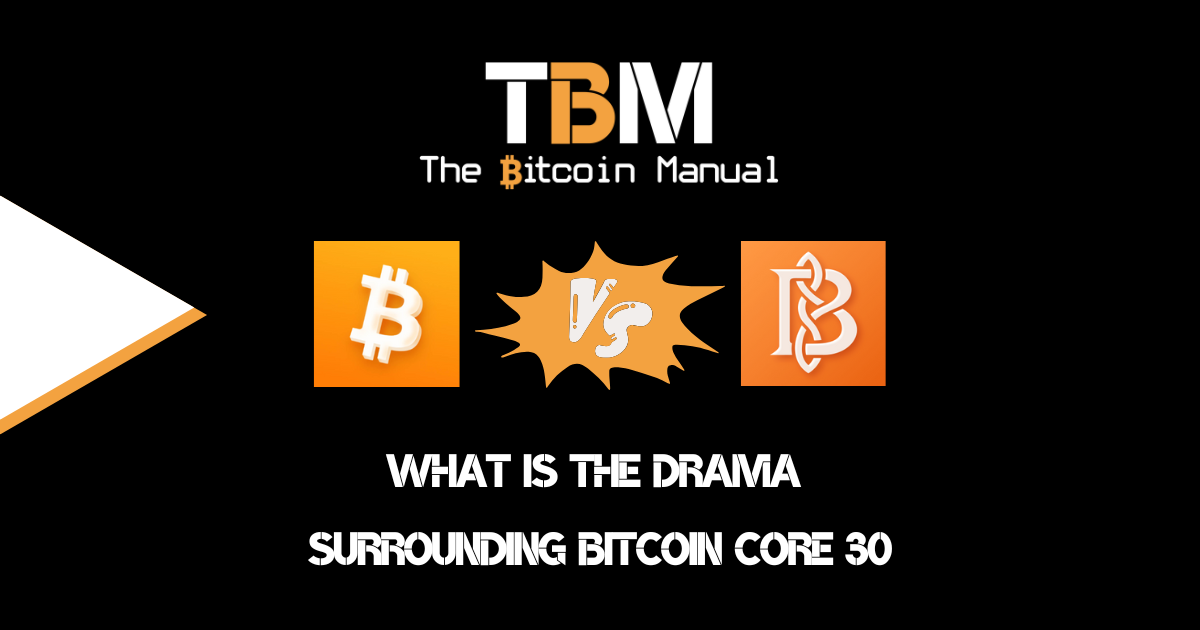Investing or gambling on shitcoins is probably one of the riskiest trades you can participate in, apart from leverage trading on bitcoin. Shitcoins are leveraged bets on bitcoin. Most traders betting on shitcoins are looking to channel additional volatility through the shitcoin market.
The thought process is when bitcoin goes up, people will roll out their profit into riskier bets as they feel wealthier. When bitcoin runs up in price, some of that capital trickles down into other tokens. Because of the illiquidity, they’ve moved at more significant percentages allowing those early investors to profit.
The shitcoin market is not only a risky momentum trade but one that has a minimal margin for error; even if you do everything right, the window for profit-taking isn’t as large as you think.
A simple calculation will lead you astray
Many retail traders have a unit bias and look for the cheapest token in unit value, not looking at market cap or other factors. It’s all a game of how can I acquire the most tokens for the least amount of money. Once I have a large number of tokens, it’s about waiting to hit a specific price point and when you’re out, right?
The idea is simple, acquire a 100 000 or a million tokens and wait for it to hit 1 cent, 10 cents, or 1 dollar, and you can cash out that million. But is it that simple?
Not in the slightest, many traders employing this strategy have no idea of the amount of liquidity risk they take when looking for the “cheap hot new coin”.
So what is liquidity, why does it matter, and how does this affect your trading? Let’s find out!
What is liquidity, and why does it matter?
When investing in the financial markets, liquidity is an essential factor to consider. Liquidity refers to the constant demand for a specific asset and how easily the sale of an asset can be conducted for cash or bitcoin without negatively impacting its price. If a token has a high amount of liquidity, your sale will not impact the price, and you can realise the full value of your holdings.
Alternatively, if it’s a low liquid asset, you’ll either need to stagger your sale over an extended period or accept losses through slippage and price suppression of your sale.
Why does liquidity affect my trading?
As mentioned, liquidity refers to how an asset can be bought or sold without impacting its price. In an investing context, the larger the market cap, the more owners, the more trading pairs, the more markets, and the more likely the asset has a liquid market that can absorb larger trades.
As you move further away from bitcoin down the ladder of shitcoins, you start to move into more illiquid markets. While they may have sizable market caps, and reasonable 24-hour trading volume, this does not tell the whole story; the truth is in the order book.
If you hold a position in tokens that the order book buy orders cannot fulfill, congratulations, you’ve played yourself, and you’re stuck holding the bag. The worst-case scenario would be no exit liquidity which is often referred to as a honeypot token.
What is an illiquid market?
In an illiquid market, there are not a lot of buyers and sellers. This can make it difficult for you to buy or sell at the time or price you want; you are at the mercy of the exit liquidity available on the buy-side of the order book.
Therefore, illiquid markets can be riskier than liquid markets. With shitcoin markets, you can get an idea of the liquidity based on the bid-ask spread, whereby a larger spread can indicate less liquidity.
A typical example of an illiquid market would be as follows:
You purchased 100 000 tokens for 10 cents; the price has gone up to 20 cents, and you’ve doubled your money. You see the wallet showing $20 000 dollars, and you’re stoked, you’re ready to cash out because you’re not a degen, you’re a reasonable shitcoiner who doesn’t push his luck.
So you log in to the exchange to dump your position, but the order book only has an order for 10 000 tokens at 20 cents; the rest of the orders all sit at 12 cents. You were under the impression you could realise the full value of the showcased market price, but you cannot.
Your choice is now to sell 10 000 tokens at 20 cents and sell the rest of your 80 000 tokens at 12 cents. Alternatively, you can meet the 10 000 token buy order and wait for others to come in and add bids for the price you want, but how many would want to pay 20 cents for that token is uncertain.
If you didn’t stagger your sale and market dumped, you would clear out the buy order side of the order book, push down the press and get far less than you bargained for and may have scared off other traders in the process. This is the dangers of dealing with illiquid markets and what token creators and shill influencers don’t tell you when they sell you their token because you are their exit liquidity.
How to measure liquidity?
If a company has shit liquidity levels, it can indicate that the token will have trouble growing due to a lack of short-term funds and that it may not generate demand for you to profit from in the future.
On the other hand, if you look at a bitcoin, it has very high liquidity levels as there is a healthy demand and an economy for it.
Bitcoin is the most liquid market; it has markets with fiat currencies worldwide, BTC has markets with stablecoins, BTC has markets with EFTs and, of course, shitcoins. There are so many routes flowing into and out of bitcoin, providing liquidity that retail traders can always realise their position should they need to liquidate it.
To measure liquidity, you can look at indicators like:
- Market cap
- 24-hour trading volume
- Order books in different markets
- Individual wallets holding the asset
- Turn over the rate of tokens
- Price range in which the token trades
- Resistance levels of the token
What is liquidity risk?
Similar to liquidity, there are several ways to look at liquidity risk. Regarding shitcoins, some can be riskier than others. Liquidity is relative; while bitcoin is far more liquid than shitcoins, shitcoins can be more liquid than an art NFT. Generally speaking, more liquid assets tend to be less risky. Therefore, in terms of liquidity, purchasing a shitcoin may be less risky than an NFT.
While the shitcoin might be more liquid than the NFT, it doesn’t mean the trade is entirely de-risked.
Regarding market liquidity, liquidity risk, in this case, is the risk that a token cannot meet its financial demands of running its infrastructure or perhaps meeting its obligations such as debt issued on the protocol. Of course, when a network is suffering financially, this can reflect negatively on token prices and thus your investment if you are a token holder.
No matter the liquidity, investing always involves a risk of loss; you can always lose in other ways as these are dynamic markets. As a click trader with limited capital, you’re constantly at a disadvantage to those traders with massive amounts of money and algorithmic botnets and trading models that deploy on multiple exchanges.
Order books can be spoofed
Remember earlier I mentioned order books are the truth? Well, like a shitcoin snake oil salesman, I lied to you. Since these shitcoin markets don’t have much regulation, tactics that are deemed illegal when used to trade regulated securities can be used in these markets. Wash trading and spoofing order books with a fake buy order and sell orders created by bots are commonplace.
They are used to lull you into a false sense that there is an organic market going; when you go into a shitcoin market to make a buy, it will fill, but when you are ready to sell, suddenly all those buy orders disappear.
Consider the risks
Trading shitcoins may sound like an attractive way to earn money, but when you consider all the potential pitfalls you need to navigate to acquire that wealth, is it worth it? If you don’t know the risks, you don’t know how to price risk correctly, and you’re going into a maze not only deaf but deaf, dumb, and blind and expecting to make it out on the other side.
Have you traded shitcoins before you went bitcoin-only? How did it end up? Let us know in the comments below; this is a safe space. Okay, who are we kidding? We’re up for a good laugh at your expense; I know I laugh off my shitcoiner days.




